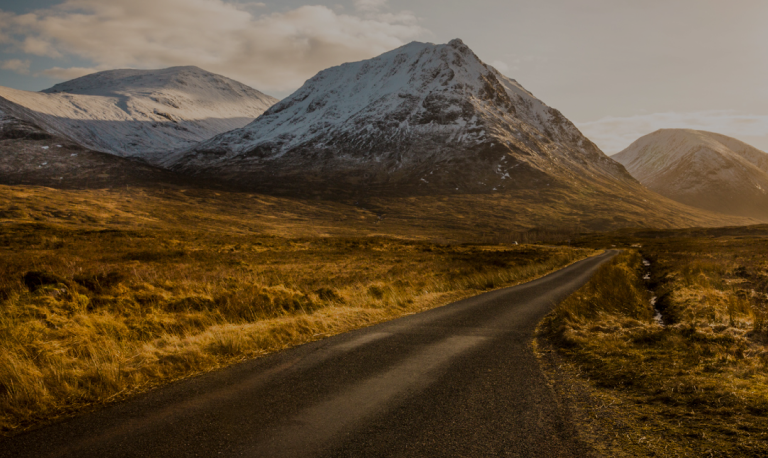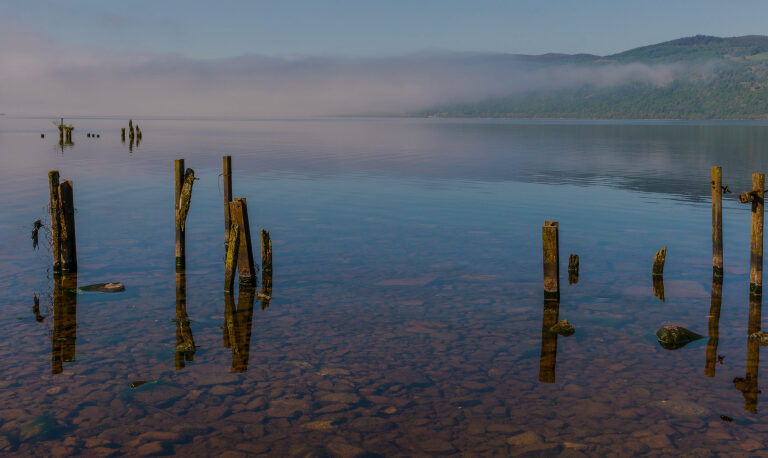Drink Your Way Around Scotland’s Whisky Map
As Scots would say, whisky is ‘pure magic’.
Whether that’s the phenomenal feeling of warmth after a dram on a cold winter’s day or the mystical tale of angels coming down from heaven to steal whisky from the barrel – later discovered to be evaporation and appropriately called ‘the angels’ share’.
After only recently discovering the allure of whisky, I have taken a keen interest in Scotland’s most famous tipple, and this blog pays homage to Scotland’s 5 whisky regions.
Speyside
The most iconic of our whisky regions is without a doubt the area of Speyside in north-east Scotland. The two best-selling single malts in the world – Glenlivet and Glenfiddich – are located in the Speyside area, as is James Bond’s favourite; Macallan.
Speyside single malts are renowned for their complexity and elegance and often feature a fruitiness ranging from ripe pears to sultanas.
Islay
Another mecca for whisky lovers can be found in a picturesque island off Scotland’s west coast. The ‘Queen of the Hebrides’, Islay, is only 25 miles long, but is home to 8 distilleries, including Laphroaig, Lagavulin and Bowmore.
Islay’s whisky is a force to be reckoned with, producing bold whiskies famous for their characteristic smoky flavour, created through the burning of peat underneath the malted barley.
Highlands
This region encompasses the vast area north of an imaginary line between Edinburgh and Glasgow, and includes the islands. Due to several micro-climates in this region, Highland malts vary tremendously from each other. I recently visited two of the southernmost Highland whisky distilleries: Glengoyne and Deanston, both easily accessible from Edinburgh or Glasgow.
Glengoyne Distillery (which you can visit while walking the West Highland Way) boasts the fact that it is Scotland’s slowest distillation, nursing the spirit through the stills at one-third of the usual rate, to create its complex, soft and fruity taste.
Scotland’s only self-sufficient distillery – Deanston – is located inside an 18th-century cotton mill. It lies beside the fast-flowing River Teith which drives a turbine that powers its own electricity plant. Deanston prides itself on its un-chill filtration, sacrificing aesthetics to create a more juicy and natural flavour.
I toasted a ‘sláinte mhath’ (the gaelic word for cheers) to three whiskies: the 12-Year-Old, the Virgin Oak (a mixture of whiskies aged 10-12) and my personal favourite, the 18-Year-Old – a smooth, creamy whisky that spent 17 years in a 250 litre hogshead barrel and was finished off in a Kentucky bourbon cask.
Lowlands
Located in southern Scotland, this region has seen many distilleries closed in the past few decades, however the Ailsa Bay and Daftmill distilleries are part of a wave of new distilleries opening across Scotland. The characteristic triple distillation method used by Lowland distilleries causes a lighter taste and accentuates the aroma and scent.
Campbeltown
“The nearest place to nowhere and the furthest from anywhere” – the remote Campbeltown on the beautiful Kintyre peninsula is the former whisky capital of the world and is steeped in history. Due to its predominantly American market, the vast majority of Campbeltown distilleries were wiped out after the Great Depression and US prohibition in the early 20th century, and now only two active distilleries remain Springbank and Glen Scotia.
This is only a brief introduction to Scotch single malt whisky and, with almost 100 distilleries in Scotland, the only question is what to taste first!
Richard Pia
P.S. If this has inspired you to toast a dram in Scotland, you may fancy one of our whisky themed self-drive holidays, or perhaps you’d prefer to enjoy a walking holiday through the wonderful scenery of The Speyside Way.


